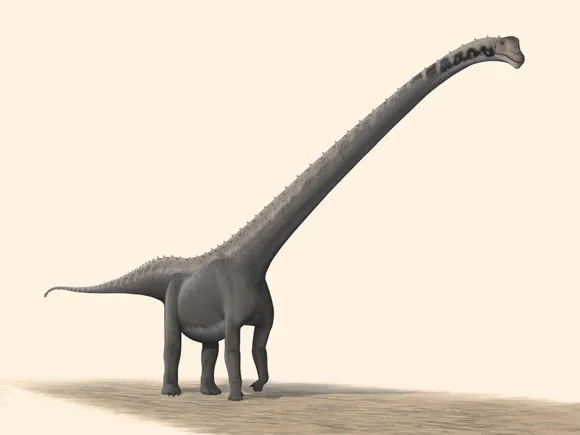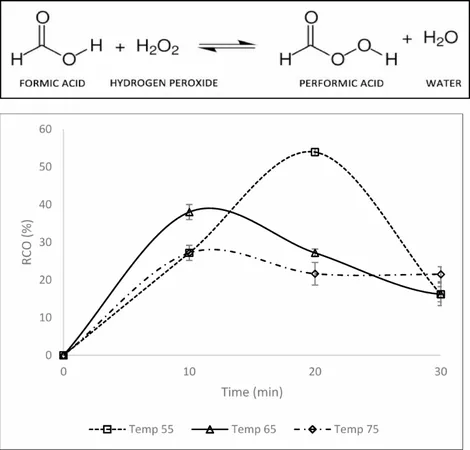
Unveiling Huashanosaurus qini: The Giant Plant-Eating Dinosaur of the Jurassic Era!
2025-09-01
Author: Ming
Exciting Discovery in China's Jurassic Past!
Paleontologists have made an exhilarating announcement: a new genus and species of dinosaur has been unearthed from the Jurassic period in China! Say hello to the magnificent **Huashanosaurus qini**, a plant-eating giant that measured an impressive 39 feet (approximately 12 meters) in length.
Journey to the Jurassic: Huashanosaurus’s Ancient Habitat
This colossal creature roamed the lush landscapes of what is now the Guangxi autonomous region from **200 to 162 million years ago**. Lead author **Dr. Jinyou Mo** and his team emphasized the significance of this discovery, noting that while Jurassic sauropods are commonly found in regions like Yunnan and Sichuan, the fossil record in Guangxi has traditionally been sparse.
Unearthing Fossils: Insights from Huqiu Quarry
The team's findings stem from two specimens of **Huashanosaurus qini**, including a partial skeleton, collected at the **Huqiu Quarry** near Dongshi village. The site also revealed intriguing remains, such as bony fish scales and plesiosaurian teeth, hinting at a rich prehistoric ecosystem.
Understanding the Geological Timeline
The exact age of the **Wangmen Formation** where these fossils were found has sparked debate among scientists. Initially thought to be Early Jurassic, more recent palaeontological evidence has pushed researchers to categorize it as dating from the Early to Middle Jurassic period.
A New Chapter in Eusauropod Evolution!
**Huashanosaurus qini** represents a basal member of the **Eusauropoda**, contributing a crucial piece to the puzzle of sauropod evolution. As the second eusauropod identified in Guangxi, this discovery highlights the evolutionary radiation of these dinosaurs during the Jurassic, following the previously described **Jingia dongxingensis**.
A Significant Contribution to Paleontology!
The emergence of **Huashanosaurus qini** offers pivotal evidence concerning the evolutionary timeline of eusauropods, which saw significant diversification towards the end of the Early Jurassic through the Middle Jurassic period. This discovery not only enriches the fossil record but also reinforces the geological dating of the Wangmen Formation.
Published Discoveries!
These groundbreaking findings have been published in the renowned journal **Acta Geologica Sinica**. This exciting new species underscores the ever-evolving narrative of prehistoric life and continues to inspire future paleontological explorations!





 Brasil (PT)
Brasil (PT)
 Canada (EN)
Canada (EN)
 Chile (ES)
Chile (ES)
 Česko (CS)
Česko (CS)
 대한민국 (KO)
대한민국 (KO)
 España (ES)
España (ES)
 France (FR)
France (FR)
 Hong Kong (EN)
Hong Kong (EN)
 Italia (IT)
Italia (IT)
 日本 (JA)
日本 (JA)
 Magyarország (HU)
Magyarország (HU)
 Norge (NO)
Norge (NO)
 Polska (PL)
Polska (PL)
 Schweiz (DE)
Schweiz (DE)
 Singapore (EN)
Singapore (EN)
 Sverige (SV)
Sverige (SV)
 Suomi (FI)
Suomi (FI)
 Türkiye (TR)
Türkiye (TR)
 الإمارات العربية المتحدة (AR)
الإمارات العربية المتحدة (AR)